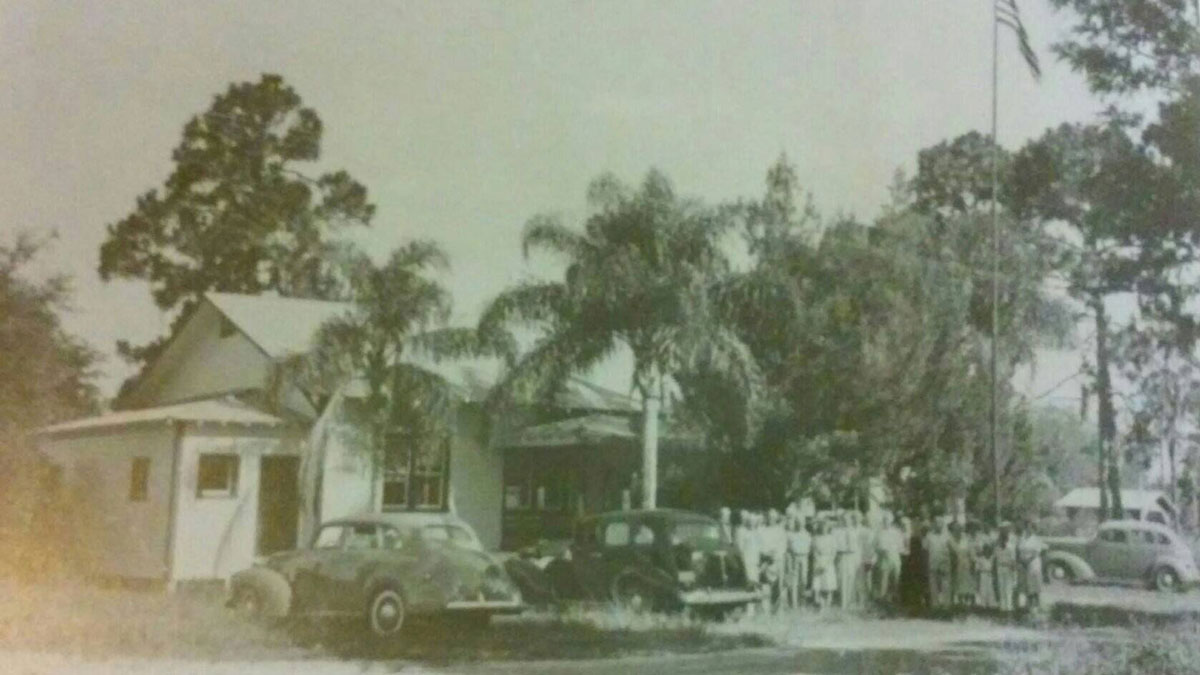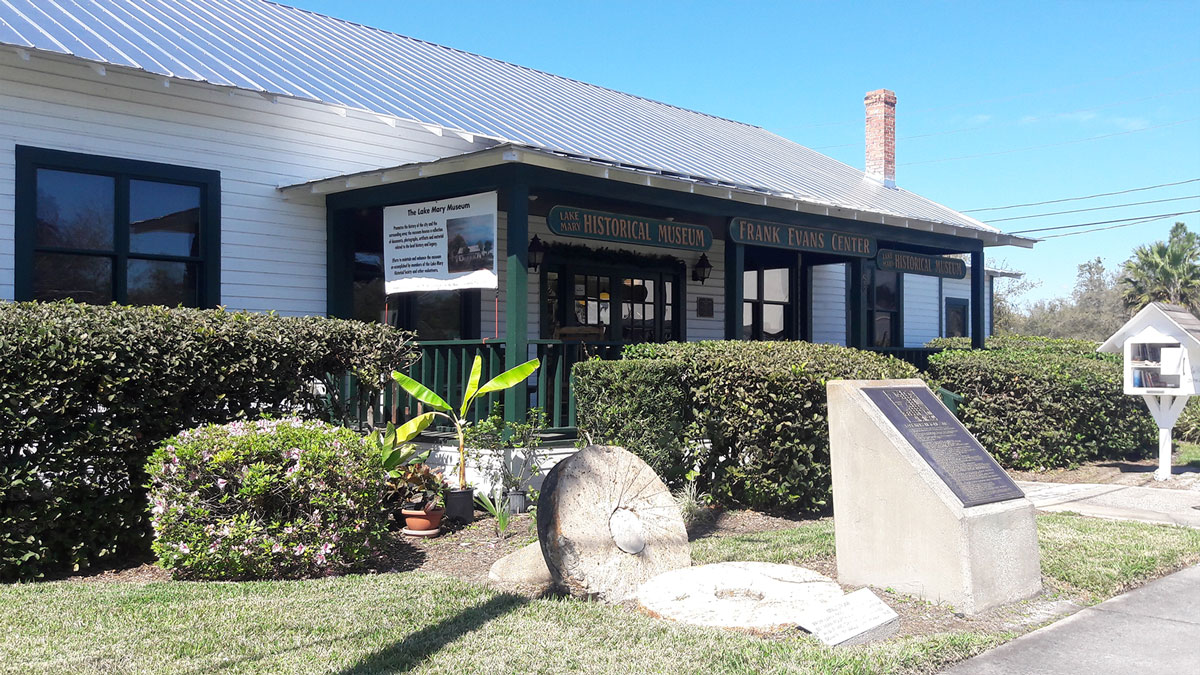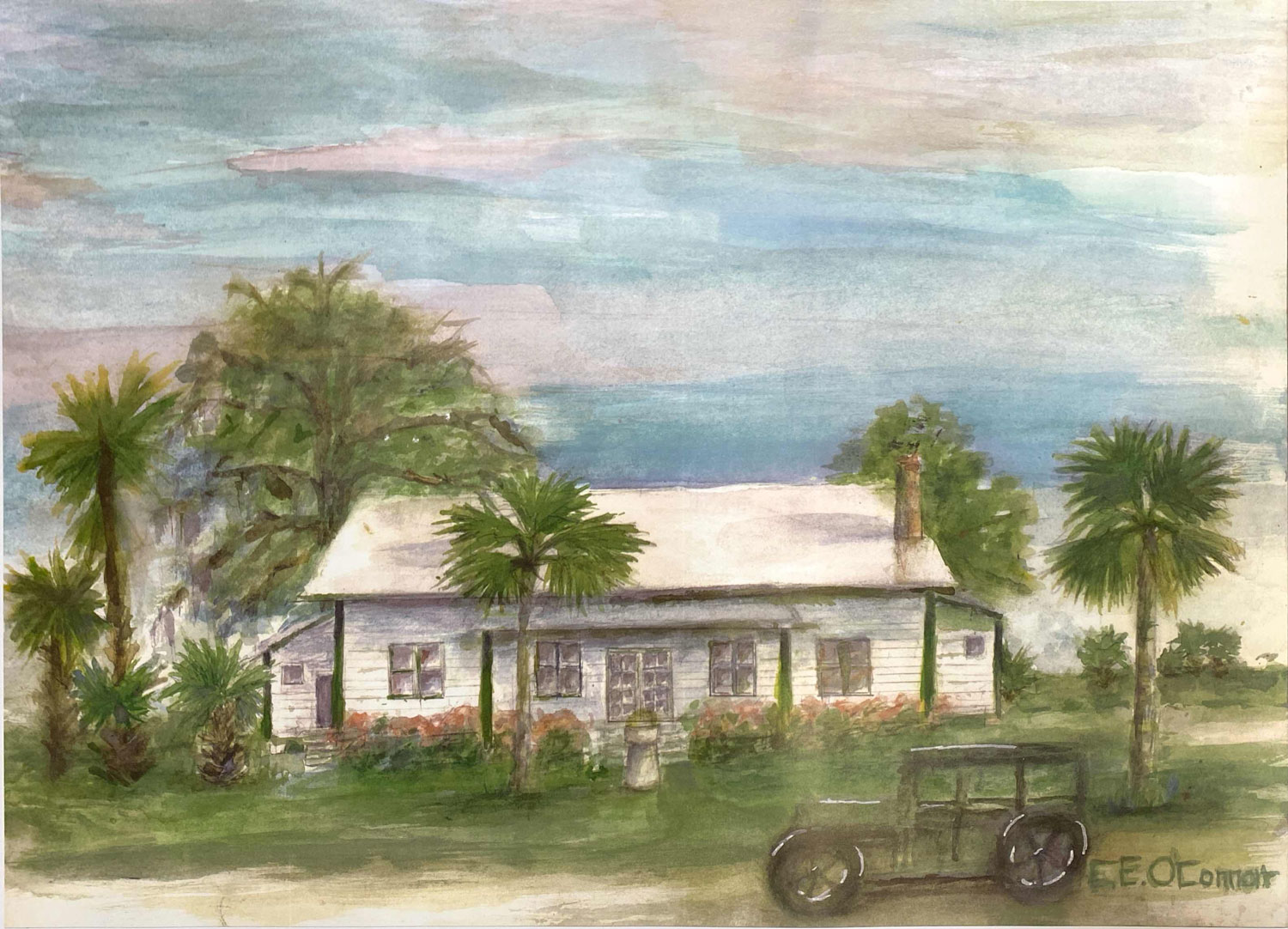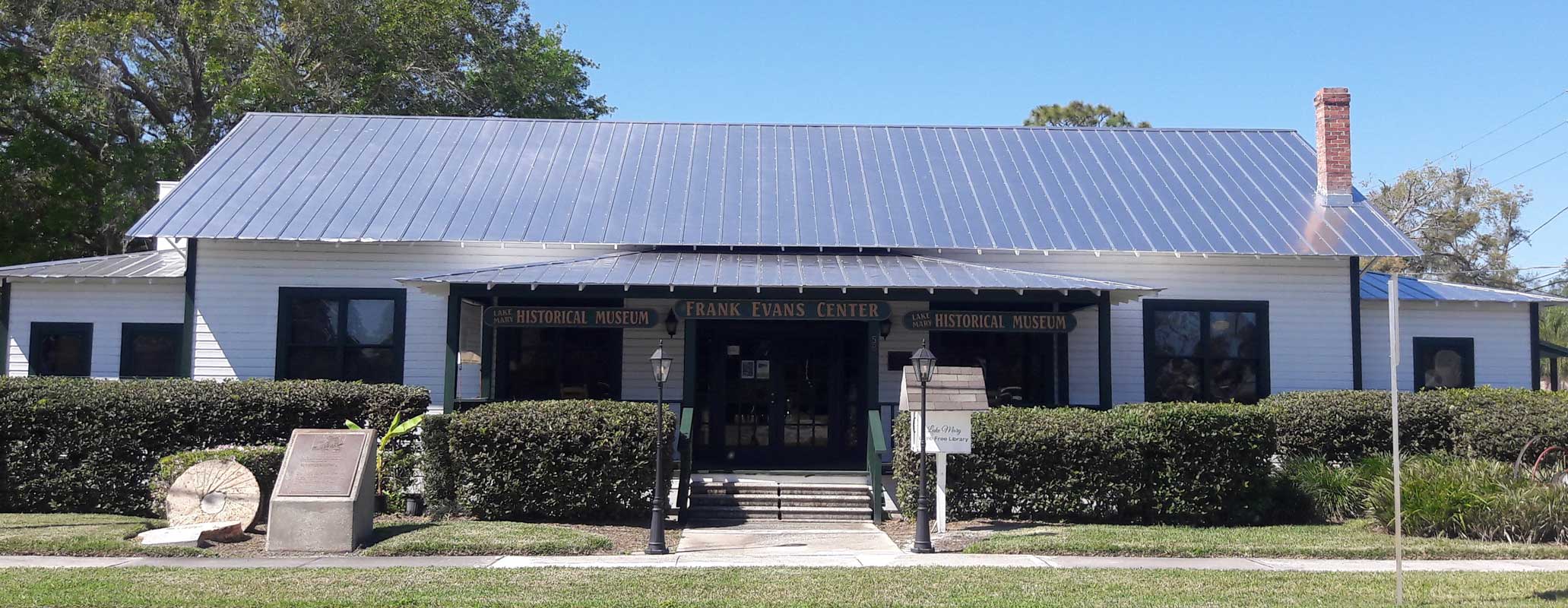
History of Lake Mary
Although Lake Mary's beginning dates back to the 1800's, the City did not incorporate until August 7, 1973. Lake Mary started as a village of two tiny settlements called Bent's Station (to the west of the railroad tracks) and Belle Fontaine (to the east of the tracks). Bent’s Station was named for its’ owner, John S. Bents who received a land grant from the government in the 1870s. The origin of the name Belle Fontaine has been lost to history. When the railroad wanted to have one mail stop in that area, the city fathers, Judge David Pulling and Dr. William H. Evans renamed the area to Lake Mary.
Lake Mary began life as a citrus-based agricultural community. Early settlers included lumbermen, turpentine workers, families who had received land grants, and Swedish families who mainly worked in Col. Sanford’s orange groves. Later came the railroad workers and winter visitors from the north. In its early years, Lake Mary housed, in addition to the normal establishments, a dance casino, a bath house, a hotel, and a factory which produced starches, farina and tapioca from the cassava plant, a tropical looking plant with roots that were edible after boiling. Following the killing citrus freezes of 1894 and 1895, the factory saved what was then the citrus community of Bent’s Station, near Crystal Lake.
There were many people involved in the creation of what today is a modern, upscale community, but Frank Evans probably had the most influence on Lake Mary achieving a permanent place in the history of Seminole County. He built the structure which serves currently as the museum in 1926. He also established the Chamber of Commerce in 1923 and became a County Commissioner in 1926.
Many other families contributed to the founding of what is now Lake Mary. The lake that gave the city its name was named after Mary Amelia Sundell, the wife of Rev. John F. Sundell, who settled on the northern shores of the lake. Reverend Sundell organized the Upsala Presbyterian Church in 1894 after emigrating from Uppsala Sweden. A. E. Sjoblom built the homes surrounding Crystal Lake, the Humphrys and Griffins were cattle and horse farmers. Miles Tanner deeded the land for the first school in Lake Mary in 1885. More information on these families and many others can be found by visiting the Museum.


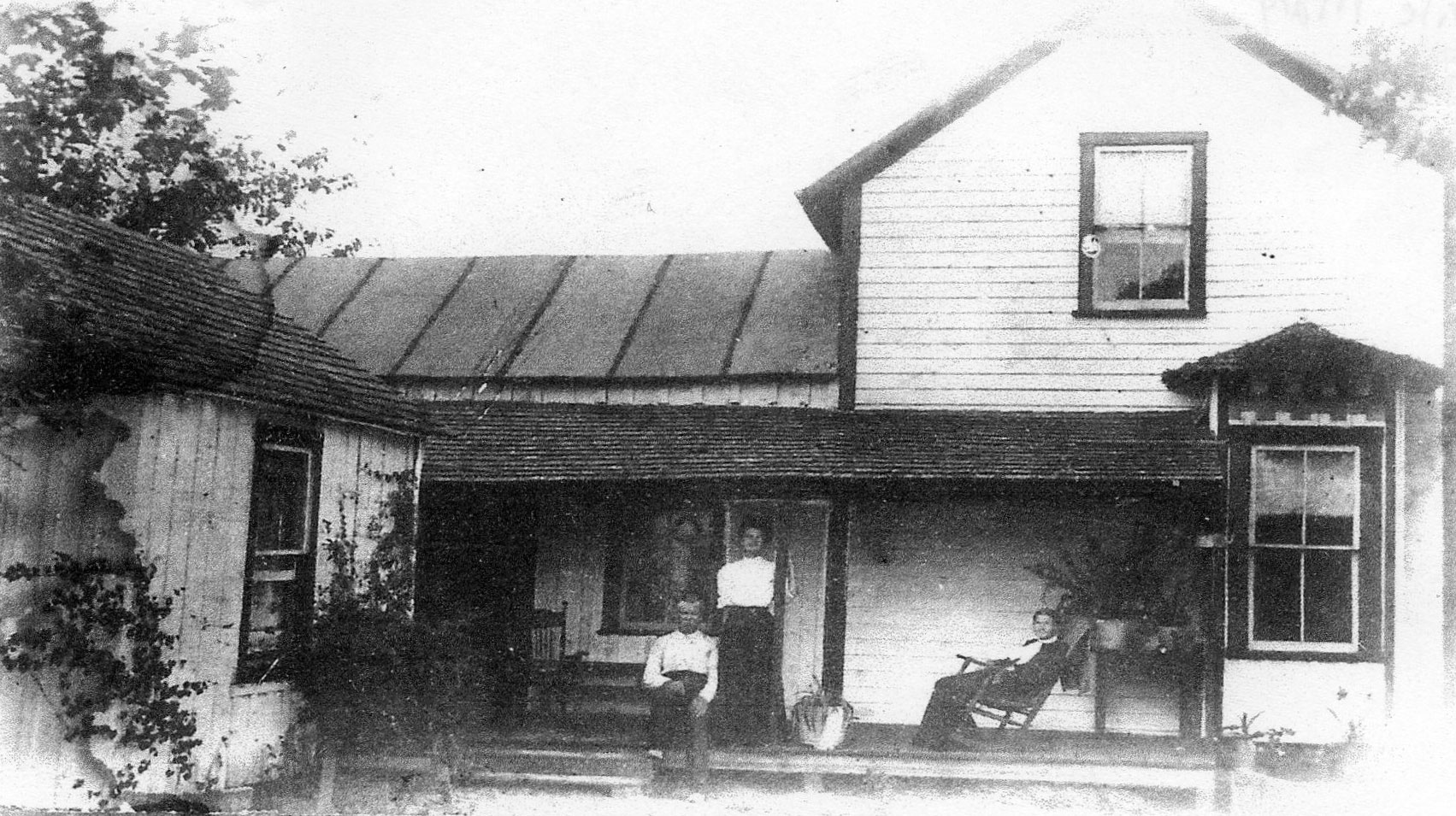
Lake Mary Historical Museum
at Frank Evans Center
The Lake Mary Historical Museum exists to preserve and promote the history of the city of Lake Mary and the surrounding area. The building itself is owned and maintained by the City of Lake Mary but the contents are procured and the programs and exhibits are planned and coordinated by the Lake Mary Historical Society.
The museum houses a collection of artifacts, photographs, documents and other materials related to the history of Lake Mary, its’ founding families and the surrounding communities. The artifacts housed in the museum have either been donated to the Historical Society or are on temporary loan for an exhibit.
The Building
The museum building was built in 1926 by Frank Evans to serve as a community center. The building is all original from the floors to the tin ceiling. It also provided offices for the Lake Mary Chamber of Commerce, which was founded in 1923. In the 1960s, the building served as a store, a pool hall, and even a church. The building was then used as Lake Mary's City Hall after the city was incorporated in 1973, a function which it fulfilled until 1990 when the current City Hall was completed.
The museum began in 1994 in a small room at the back of the building. The rest of the building was used as a gathering place for the City's seniors. The first librarian for the museum was volunteer Margaret Wesley. Since 2000 the museum has occupied the entire building. In 2005 it was added to the National Register of Historic Places.


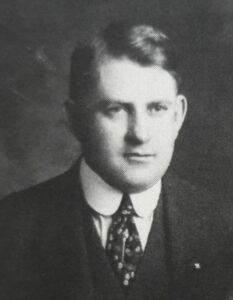
FRANK EVANS
Founder Lake Mary Chamber of Commerce
(Home of the Lake Mary Historical Museum)
Frank Evans, was always known for his charismatic showmanship, performing and plays a violin in front of large crowds, after serving in the Spanish-American War. He grew in prominence in the community and was key to the town's growth. By 1923, Frank had founded the Lake Mary Chamber of Commerce, whose goals included good roads, telephone infrastructure, a volunteer fire dept, the Lake Mary Elementary school, civil government, commercial buildings and community center (Today the house of the Lake Mary Historical Museum). Frank Evans continued to be a major influence in the development of Lake Mary throughout his lifetime.
Oil painting by Mrs. Claire Evans O’Connor
Frank Evans Center.
Claire Evans O’Connor grew up in Lake Mary. Daughter of Frank Evans, Pionner and Founder of the Frank Evans Center (House of The Lake Mary Chamber of Commerce and the Lake Mary Historical Museum).
The Lake Mary historic building is also known as the Lake Mary Chamber of Commerce. Through the painstaking effort of Claire Evans O’Connor and Mary Jane O’Connor Duryea, this building was included in the U.S. National Register of Historic places on February 11, 2004.






